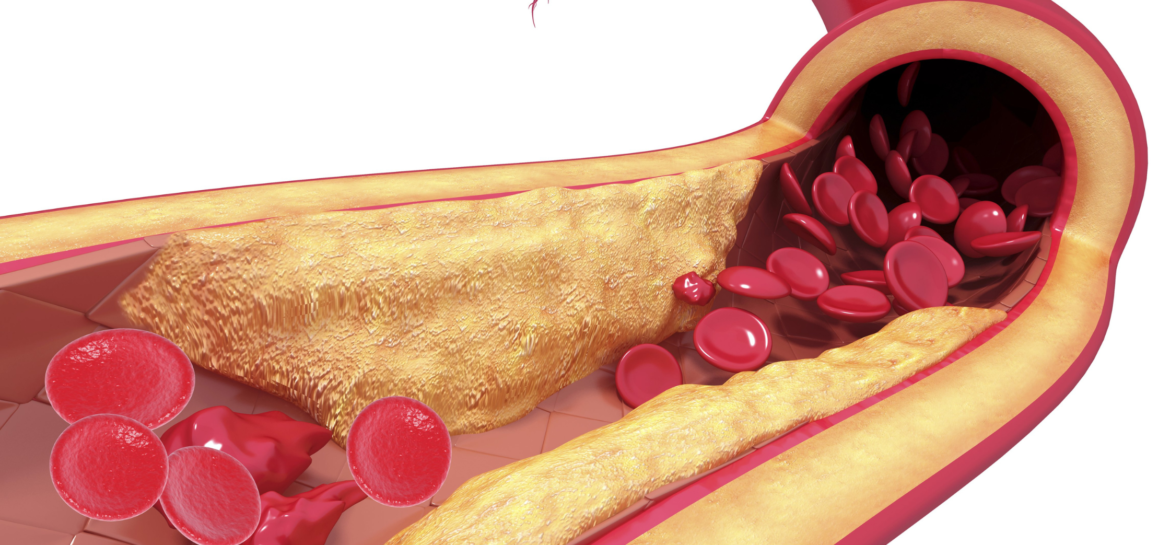Decoding Heart Disease

The terms can be confusing: When it comes to heart health, knowledge is your greatest ally. This blog unravels some of the complexities surrounding heart disease, from understanding individual risk factors to demystifying terms and explaining different conditions like heart disease, heart failure, and cardiac arrest.
Determining Your Risk: While everyone is at risk of heart disease, the key lies in defining that risk. A visit to the doctor for basic measurements and labs is the first step. High blood sugar, a common risk factor, is particularly dire, as having diabetes is heart disease equivalent. This means that if you are a diabetic, your doctor should treat you as if you have heart disease because you will. Basic and extensive cholesterol panels, measurement of inflammation, blood pressure, and weight are all essential components to evaluate your overall risk. For a more precise assessment, a CT calcium test can be ordered to calculate a percentage risk.
Heart Disease: The Plaque you Don’t Want on your Walls: Understanding heart disease involves recognizing the formation of plaque within the small blood vessels that supply oxygen to the heart. Blockages or unstable plaques can lead to clots, causing a heart attack by abruptly blocking oxygen delivery. Swift intervention, through medication or procedures like angioplasty, may reverse damage. However, delayed treatment can result in irreversible damage to the affected area of the heart, ie a heart attack.
Not Everyone with Heart Disease Has a Heart Attack: Contrary to common belief, having heart disease doesn’t automatically mean you will have a heart attack. Primary prevention, achieved through controlling risk factors, aims to prevent plaque formation. Secondary prevention involves managing known heart disease to avoid a first or a subsequent heart attack.
Understanding Heart Failure: Congestive heart failure occurs when the heart’s mechanical pumping action becomes inefficient. This can lead to inadequate oxygen delivery to various body areas, causing fluid fatigue, shortness of breath and accumulation in the lungs and legs. Recognizing and managing heart failure is crucial for maintaining overall cardiovascular health. Heat failure can be a complication from past heart attacks or from other types of heart issues.
Cardiac Arrest: The Electrical Disconnect: Cardiac arrest occurs when the heart’s rhythm is disrupted, leading to the absence of pumping. Pulseless ventricular tachycardia or ventricular fibrillation, is when the heart quivers, but does not beat or pump; therefore, no pulse. Cardiac arrest often stems from a heart attack but can be the result of scar formation on the heart, certain drugs or conditions that interfere with the heart’s electrical pathways.
Action in a Crisis: What to Do if Someone Loses Consciousness and Has No Pulse: If you witness someone experiencing cardiac arrest, swift action is paramount. Commence CPR immediately, as quick compressions significantly enhance survival chances. Utilizing an AED (automated external defibrillator) to deliver shocks further increases the likelihood of a positive outcome.
Heart Disease Awareness Month: Navigating the landscape of heart health requires understanding the intricacies of risk factors, conditions, and emergency responses. Armed with this knowledge, individuals can take proactive measures to safeguard their hearts and the hearts of those around them. From preventative actions to life-saving interventions, the journey to heart health begins with awareness and education.
For Valentine’s Day: I get to enjoy this Valentine’s Day because CPR saved my husband’s life. The restaurants are crowded, why not spend this Valentine’s day taking CPR together?